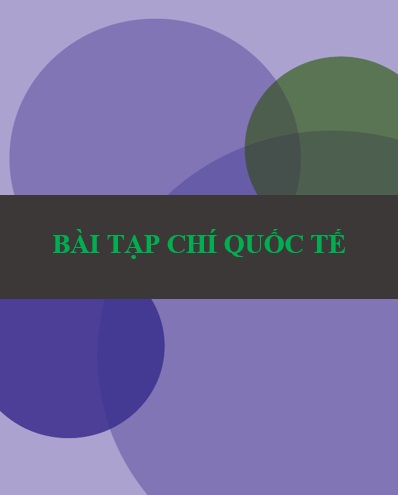The impact of social media influencer’s age cue on older adults’ travel intention: The moderating roles of travel cues and travel constraints
| dc.contributor.author | Leung, Xi Y. | |
| dc.contributor.author | Zhong, YunYing Susan | |
| dc.contributor.author | Sun, Jie | |
| dc.date.accessioned | 2024-07-08T07:32:57Z | |
| dc.date.available | 2024-07-08T07:32:57Z | |
| dc.date.issued | 2024 | |
| dc.identifier.uri | https://thuvienso.hoasen.edu.vn/handle/123456789/15425 | |
| dc.description | Tourism Management 106 (2025) 104979 | vi |
| dc.description.abstract | The global aging population brings a growing older traveler market. This study applies social comparison theory to explore how travel influencers’ age cues affect older adults’ travel intention through a dual process of assimilation (direct effect) and contrast (mediated by age identity). The moderating effects of travel cues (activity type and presence/absence of companions) and travel constraints are investigated as boundary conditions. Data were collected from older U.S. travelers through three online experiments. The results indicate that older travelers are inclined to visit destinations featured by old (vs. young) influencers, especially those with low intrapersonal or high interpersonal travel constraints. The marketing message is more effective when it features an old influencer pursuing a challenging (vs. relaxing) activity and a young influencer with companions (vs solo travel). The study findings provide valuable insight into leveraging social media influencer marketing for destinations and tourism businesses. | vi |
| dc.language.iso | en | vi |
| dc.publisher | Elservier | vi |
| dc.subject | Social comparison theory Older traveler Age identity Assimilation/contrast Social media influencer Travel activity type Travel companion Travel constraints | vi |
| dc.title | The impact of social media influencer’s age cue on older adults’ travel intention: The moderating roles of travel cues and travel constraints | vi |
| dc.type | Article | vi |



